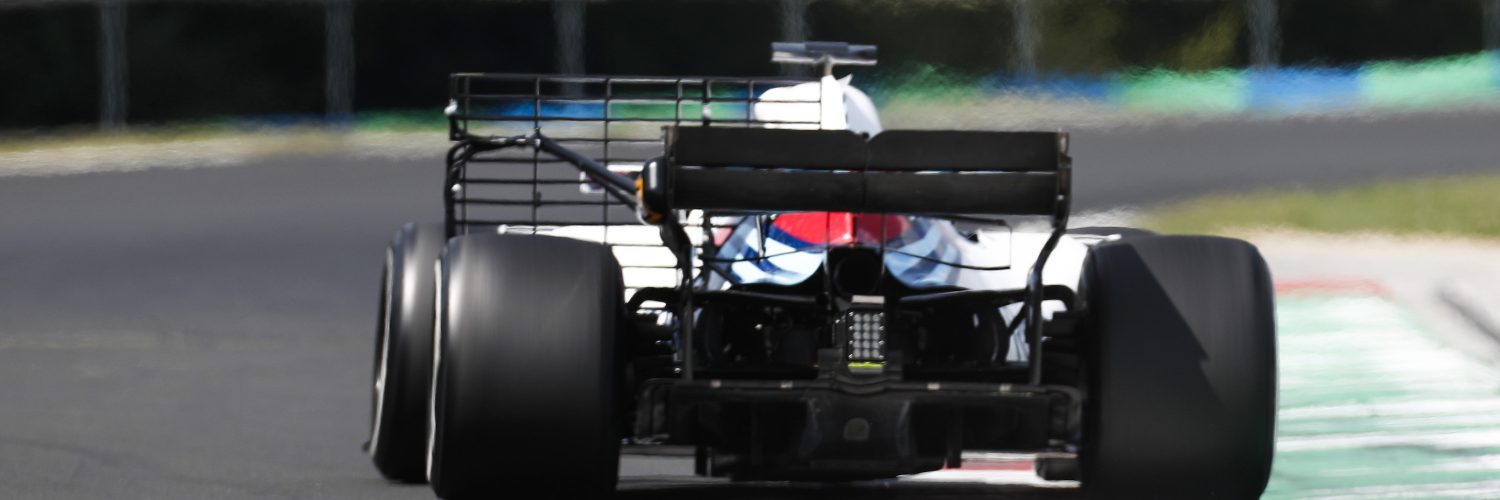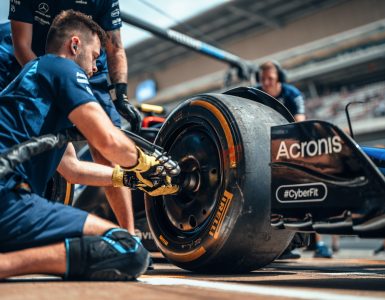There is a famous cliché that says ‘a week is a long time in politics’. With all that is happening in the world today, that statement certainly seems to ring true.
So, for fans of Formula 1, not to mention the teams and drivers, the mid-season break will have seemed like an eternity when racing finally gets underway in Belgium after almost a month of inactivity.
The summer ‘shutdown’ was first enforced in 2009 and in those days, it was almost a gentleman’s agreement between the teams to save costs and not an enforced FIA regulation, as it is today.
It is a period when all development and production in the factory stops completely and team members spend time with their families and enjoy their well-earned holiday time. Although no development of the cars is allowed during this period, factory maintenance may be carried out as well as jobs such as upgrading the factory IT network.
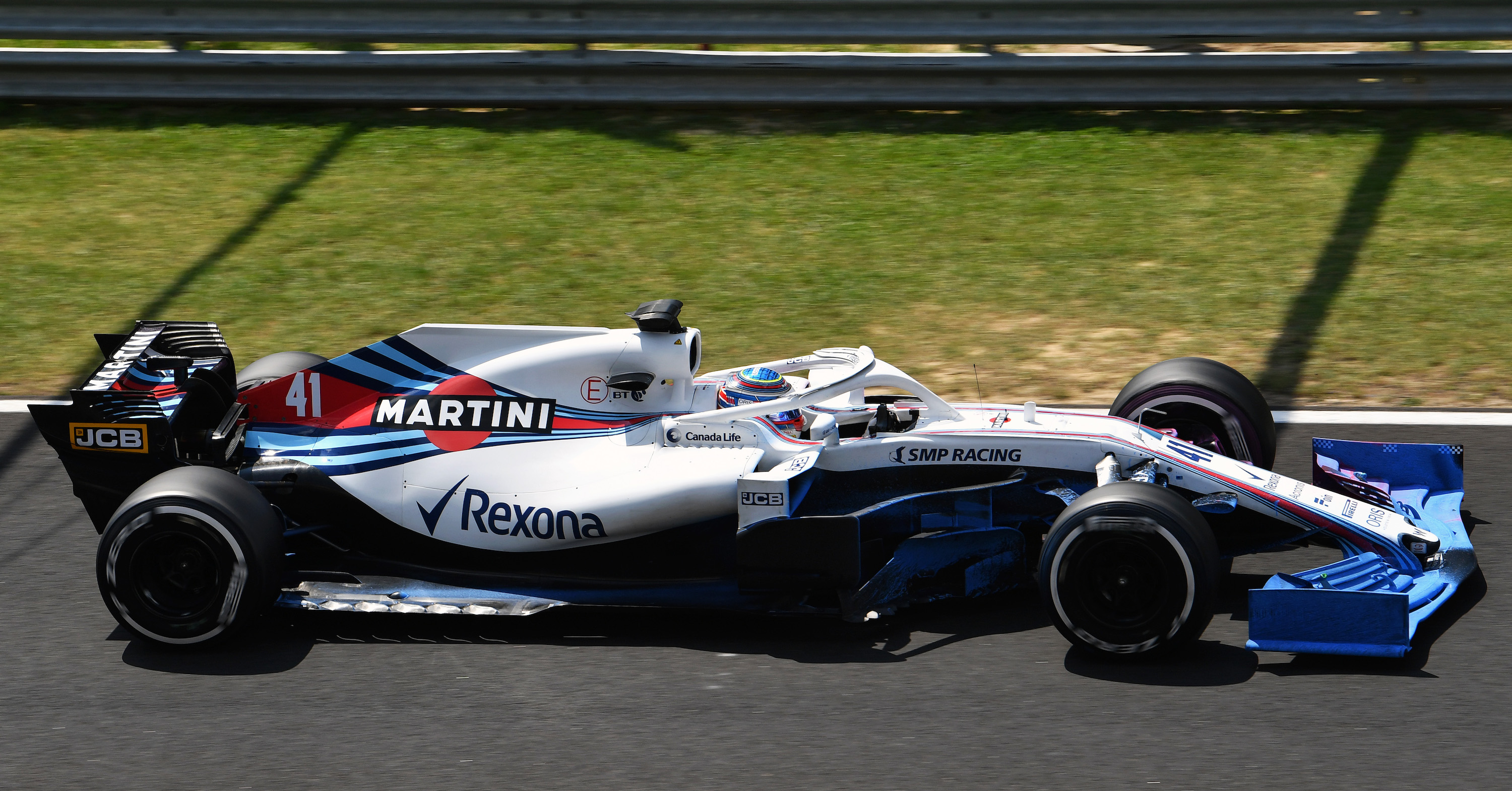
This is exactly why the two days of testing in the aftermath of the Hungarian Grand Prix became even more important to evaluate new components and try and find that crucial edge heading into the second half of the season.
During these two days of in-season testing, of which there are two during the course of the season, teams are allowed to evaluate new parts including floors, wings, winglets and continue evaluating tyre compounds.
Keen observers of the sport will also notice interesting devices fitted to the cars to evaluate aerodynamic efficiency, things that look anything but high-tech! Hulking great aero rakes that resemble wire cages are the most noticeable. Commonly fitted behind the front tyres and attached to the monocoque, these rakes are fitted with a number of ‘Kiel probes’ which are sensors that monitor airflow. They can also be fitted to measure airflow behind the diffuser or around the rear wing.
A more colorful method of measuring airflow is via the use of ‘flow-vis’ or ‘flow-visualisation’ paint that is painted onto the car. Before it has the chance to dry, the airflow moving across a car at speed causes the paint to move around and form a pretty pattern that can confirm or disprove wind tunnel and computer fluid dynamics (CFD) findings.
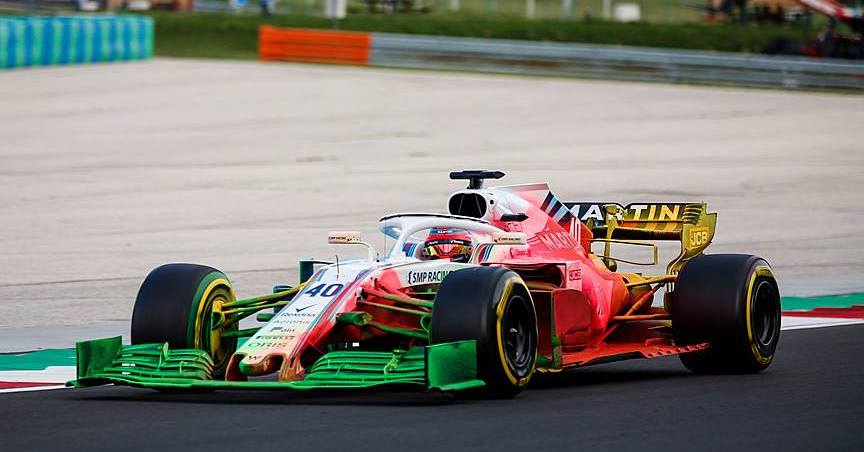
Cameras, heat-sensitive stickers and pitot tubes as used on aircraft are other less dramatic ways of measuring air flow and aerodynamic efficiency, but the principle remains the same in finding that extra edge over the competition.
Another key element to in-season testing is to give young drivers the invaluable experience of getting to grips with the highest level of motorsport.
For these drivers making their way in the sport, days like these are absolute gold dust, an opportunity to learn and develop their craft that could be the taste of things to come.
For Acronis partner Force India, young drivers Nicholas Latifi and Nikita Mazepin were on hand to conduct all the important running for the team and gain vital experience in the process.
“It has been a very productive day of testing and I was happy to get many more laps behind the wheel, getting more and more confident with each run,” said a happy Latifi after completing 103 laps on the opening day. “The majority of our programme was built around the new aero parts for 2019, based on the new set of regulations for the sport: it was interesting to feel how they worked on the car and to gather data for the team. In the afternoon we got caught out by the rain, which meant I didn’t get to do the fun part – the performance runs we had planned with hypersoft tyres. I was a bit disappointed to miss out on that but that’s how it happens sometimes. I am still pleased with my performance today and I am looking forward to being in the car again soon.”
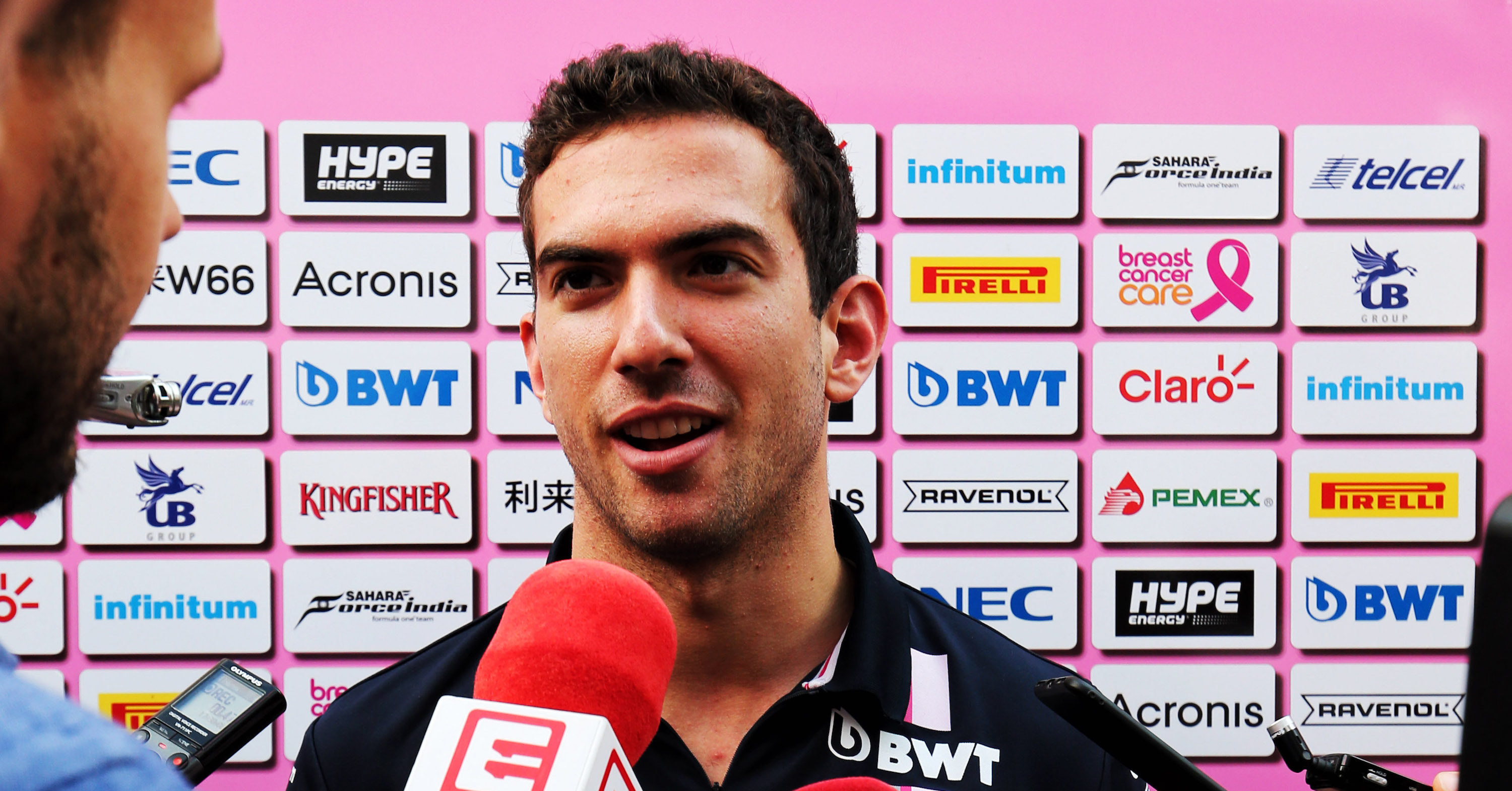
Mazepin was equally enthusiastic about his experience after completing the day 2 program of testing.
“Every time I step into an F1 car it’s a big enjoyment boost compared to the GP3 cars I am used to,” added Mazepin. “Working with the team is incredible: even though I have been with this group of people for two years now, every time I am testing I am impressed by the level of professionalism and expertise that surrounds me. There is so much I can learn from the engineers and I am determined to give the best possible feedback to help the team progress.”
When teams assemble again at the famous Spa-Francorchamps circuit next week, it will be back to business as usual. But with only two days of testing in the bank and no factory development allowed, don’t expect too much of a chance to the status quo for now.

